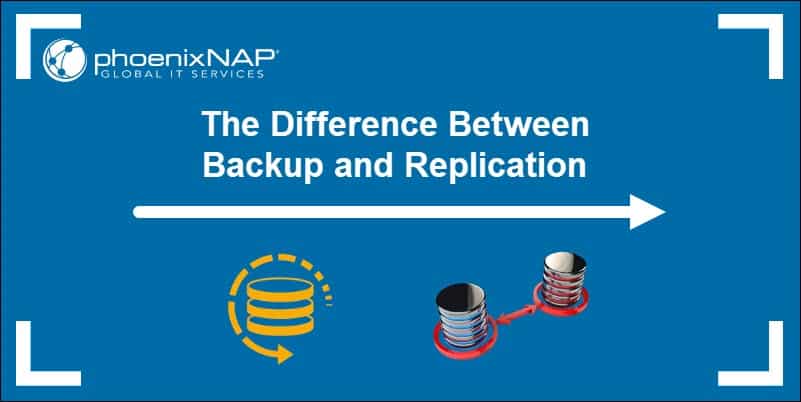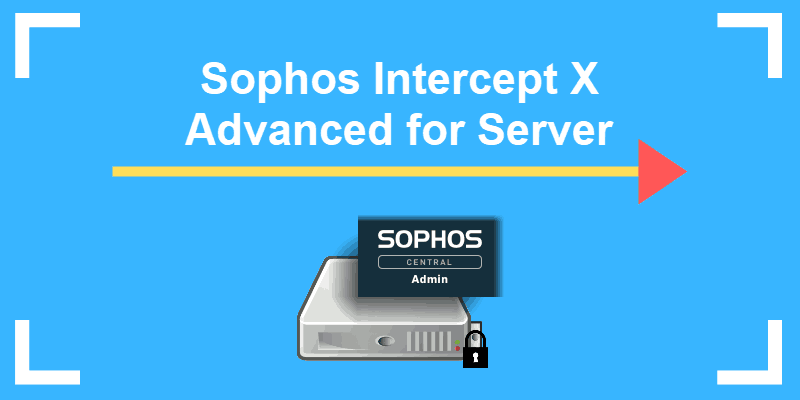Firewalls represent the cornerstone of every network security infrastructure. Deciding which product to use to protect your networks and devices should be approached with care.
Both pfSense and Sophos, offer well-established firewall solutions that include a wide-ranging assortment of tools and security practices. Compare their features and find out which option is best suited to stop suspicious traffic and unauthorized access to your systems.
This article provides a quick and objective comparison of pfSense and Sophos.
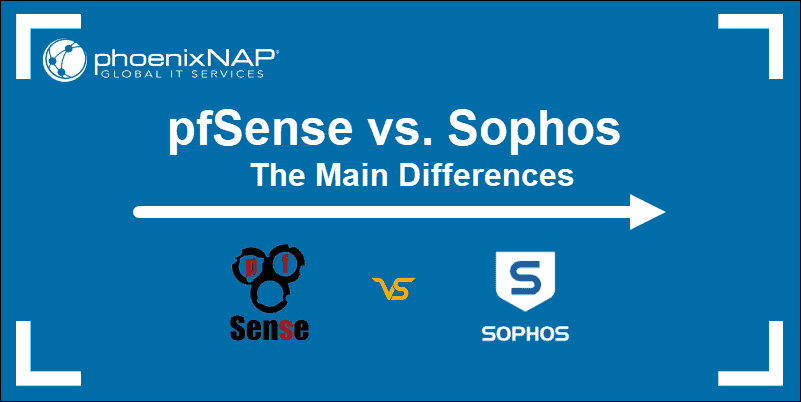
pfSense vs Sophos: Quick Overview
Sophos and pfSense are well equipped to deal with both run-of-the-mill attacks and sophisticated intrusion attempts. This brief overview emphasizes the notable differences in their approach and capabilities.
| Category for Comparison | pfSense | Sophos XG Firewall |
|---|---|---|
| Cost | Free of Charge | Pricing Depends on Components and Service Customization. (Free Trial Available) |
| Licensing | Open Source: ESF/Apache 2.0 | Proprietary |
| Operating System | FreeBSD-based | Linux-based |
| Business Concept | Firewall/Router | UTM (Unified Threat Management) |
| Ease of Use (UI) | It can be administered using a command-line terminal and a practical web-based graphical interface (WebGUI). | Exceptional user interface with drag and drop capabilities and a two-clicks away concept. |
| Features | - SPI (Stateful Packet Inspection) - DPI (Deep Packet Inspection) - Concurrent IPv4 and IPv6 IPsec and OpenVPN SSL encryption - Snort-based packet analyzer - Additional open-source packages for application blocking - Layer 7 application detection - Optional High Availability Clustering - HTTP and HTTPS proxy - Real-time traffic graphs - Traffic shaping wizard - Reserve or restrict bandwidth based on traffic priority - Transparent Caching Proxy - Web Content Filter | - Centralized Firewall Reporting - Support for TLS 1.3 - Automatically discovers, classifies, and controls unknown Mac/Windows applications on the network - Firewall rule testing and web policy simulation tool - Dynamic firewall rule support for endpoint health - Automatically isolates and limits network access to compromised endpoints - Flood protection: DoS, DDoS, and port scan blocking - Sandboxing Email Protection and Control |
| Support | Vibrant Online Community that can help with troubleshooting. Professional Support Services and pfSense training are available for a fee. | The level of support varies depending on your subscription plan. |
| Deployment | - Web-based configuration - Setup wizard for initial configuration - Remote web-based administration - Customizable dashboard - Multi-language support | - Setup wizard enables fast out-of-the-box deployment - Pre-defined IPS, Web, App, and traffic shaping policies, quick setup, and customization for common deployment scenarios |
What is pfSense?
pfSense is a free, open-source firewall and router. The platform can be deployed on any device and gives administrators free rein in customizing all its security aspects. Due to its flexibility and expandability, it is used by both small and large enterprises.
You can configure pfSense using the command line. However, most users find it easier to work with the web-based GUI configurator, WebGUI.
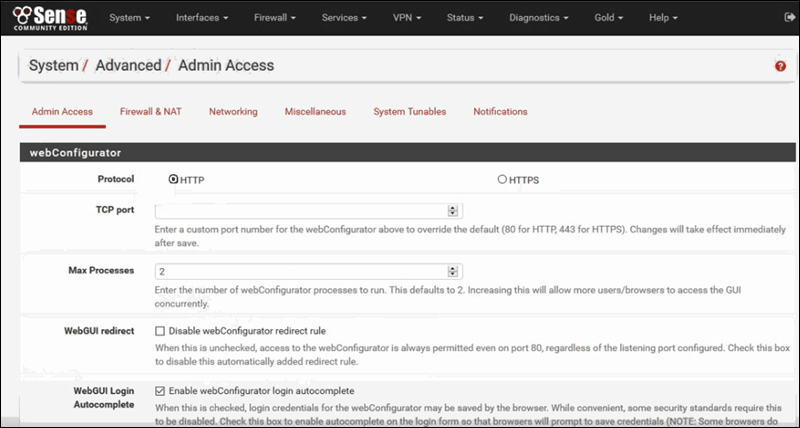
pfSense lets you micromanage and configure your firewall to match your exact needs and avoid the limitations usually imposed by commercial products.
What is Sophos?
Sophos offers a modern, easy-to-use, proprietary firewall product. The many features and automated solutions together create a comprehensive threat management system. Sophos uses machine learning to trigger automatic threat responses and other advanced techniques like sandboxing and SSL inspection to identify and isolate compromised systems.
The user interface is the centerpiece of Sophos’ customer-centric approach. The visual representation of system reports, potential threats, traffic, and alerts provide instant oversight of even the most complex systems.
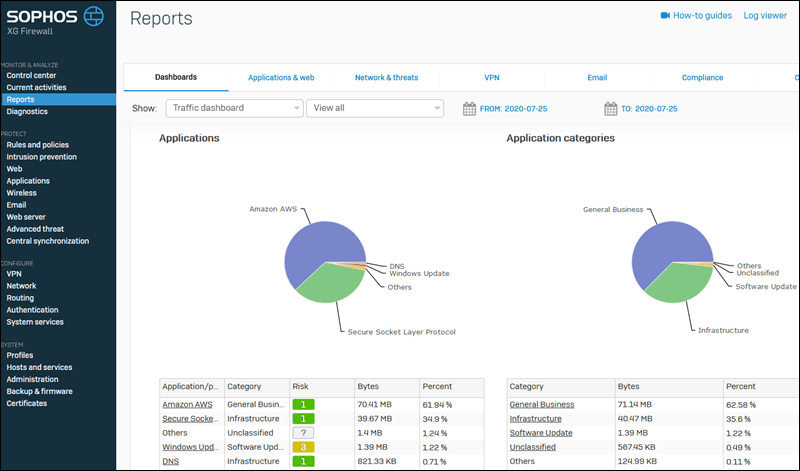
Note: If you opt for Sophos for your server, you may need to install Sophos Intercept X Advanced.
Which Firewall to Use?
Highly developed automation coupled with a user-friendly graphical interface make Sophos ideal for users looking for a comprehensive out-of-the-box solution. It is capable of detecting attacks in their early stages by using deep learning and SSL inspection.
Depending on the configuration, Sophos might come with a price tag. However, an extensively managed solution like Sophos can reduce maintenance and staff training costs in the long run. If staff costs seem high, then an automated and regulated solution like Sophos might be the way to go.
If you want to avoid getting boxed in by a vendor and the initial cost is a significant hurdle, a stable piece of software like pfSense is the right choice. It can be installed on any hardware, and the configuration can be customized to the smallest details.
The exceptional level of flexibility, advanced features, and an extensive set of add-ons also come with a lot of responsibility. If you plan to use the community edition, it would require an intermediate level of expertise to configure a robust security infrastructure.
A large and vibrant open-source community can provide valuable advice and resources. You can get training and support from NetGate for a charge, which might affect the total operating cost.
Conclusion
Choosing a firewall type just right for your organization is a delicate process that depends on multiple factors. Direct comparisons between products are the best and most efficient way to shortlist viable solutions.
The two products covered in this article, pfSense, and Sophos, are both high-quality options, and you now have enough material to make a well-informed decision.
